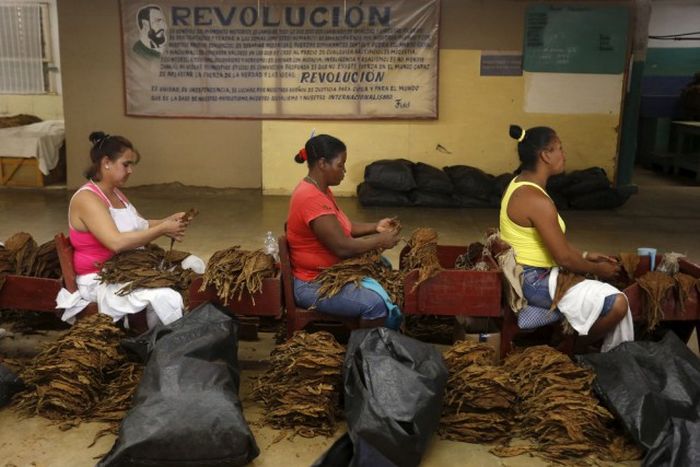Lifa In Cuba
|
In 1511, the first Spanish settlement was founded by Diego Velázquez de Cuéllar at Baracoa. Other towns soon followed, including San Cristobal de la Habana, founded in 1515, which later became the capital. The native Taíno were forced to work under the encomienda system, which resembled a feudal system in Medieval Europe. Within a century the indigenous people were virtually wiped out due to multiple factors, primarily Eurasian infectious diseases, to which they had no natural resistance (immunity), aggravated by harsh conditions of the repressive colonial subjugation. In 1529, a measles outbreak in Cuba killed two-thirds of those few natives who had previously survived smallpox.
On May 18, 1539, Conquistador Hernando De Soto departed from Havana, Cuba at the head of some 600 followers into a vast expedition through the Southeastern United States, starting at La Florida, in search of gold, treasure, fame and power. On September 1, 1548, Dr. Gonzalo Perez de Angulo was appointed governor of Cuba. He arrived in Santiago, Cuba on November 4, 1549 and immediately declared the liberty of all natives. He became Cuba's first permanent governor to reside in Havana instead of Santiago, and he built Havana's first church made of masonry. After the French took Havana in 1555, the governor's son, Francisco de Angulo, went to Mexico.
Cuba developed slowly and, unlike the plantation islands of the Caribbean, had a diversified agriculture. But what was most important was that the colony developed as an urbanized society that primarily supported the Spanish colonial empire. By the mid-18th century, its colonists held 50,000 slaves, compared to 60,000 in Barbados; 300,000 in Virginia, both British colonies; and 450,000 in French Saint-Domingue, which had large-scale sugar cane plantations.
The Seven Years' War, which erupted in 1754 across three continents, eventually arrived in the Spanish Caribbean. Spain's alliance with the French pitched them into direct conflict with the British, and in 1762 a British expedition of five warships and 4,000 troops set out from Portsmouth to capture Cuba. The British arrived on June 6, and by August had Havana under siege. When Havana surrendered, the admiral of the British fleet, George Keppel, the 3rd Earl of Albemarle, entered the city as a conquering new governor and took control of the whole western part of the island. The British immediately opened up trade with their North American and Caribbean colonies, causing a rapid transformation of Cuban society. They imported food, horses and other goods into the city, as well as thousands of slaves from West Africa to work on the under developed sugar plantations.
|
|









